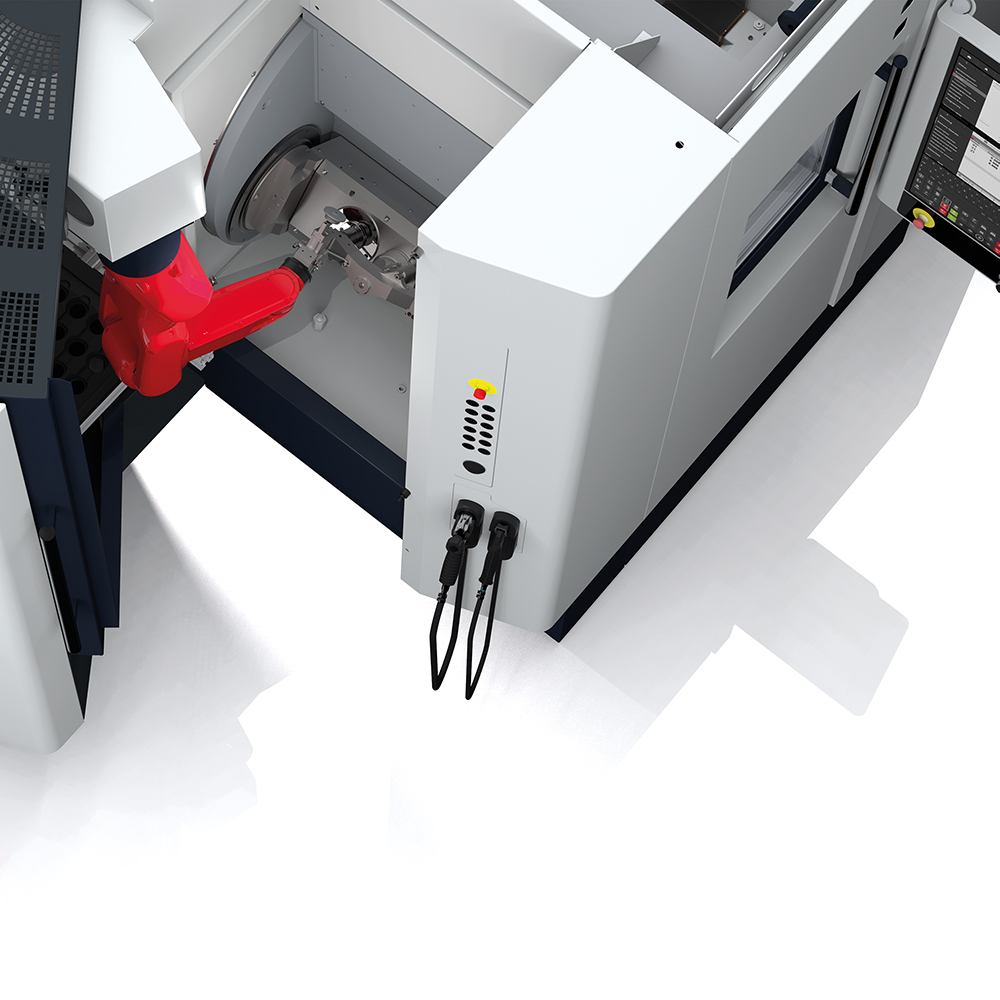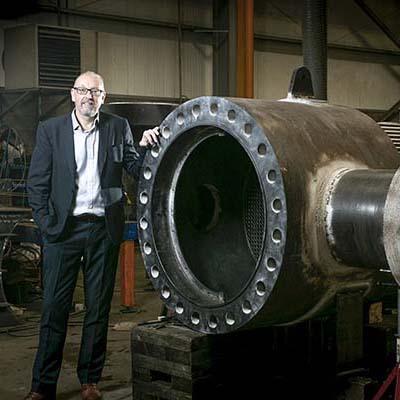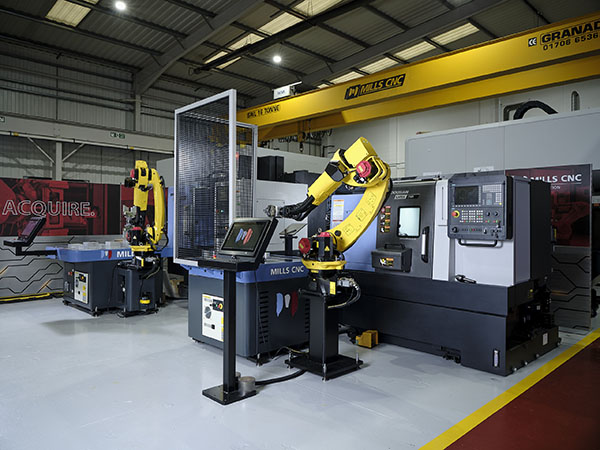
Buying its first machine in December 2016, Multax Engineered Precision Ltd has already hit the turnover landmark of £3m. This growth is a credit to a core philosophy of automated production and reduced man-hours, and of course investment in the latest manufacturing technologies.
Like any small business start-up, nothing would have been possible without the dedication and determination shown by company founders John McNab and Ashley Mizen, two ex-work colleagues who were working around the clock in their respective posts while setting up the new enterprise. To achieve automated production utopia, the first machine installation was a 10-pallet, five-axis Mikron HSM600U machining centre supported by CAM software from Open Mind Technologies.
The Andover Company now has 17 staff, and has invested close to £3m on 10 machine tools and supporting equipment since its inception.
Director Ashley Mizen says: “Five of our six five-axis machines are automated, and we try to maximise our automation as much as possible. We have skeleton staff working overnight and offer night-shift programming, so that jobs can be delivered ‘next-day’, if required.”
Taking a closer look at why this rapidly-growing automotive, motorsport, aerospace, medical and scientific subcontract manufacturing business places such glowing plaudits upon hyperMILL, Mizen adds: “I was an Open Mind user before we decided to start the company. It is a ‘game-changer’ for our business and we now have seven seats of hyperMILL. It allows staff to check the datum of the part, produce the tooling sheet, put the NC code into the machine and run the verification cycle to prevent collisions.”
For further information
www.openmind-tech.com
























